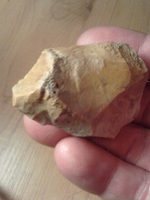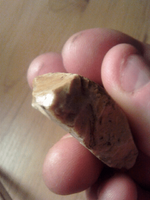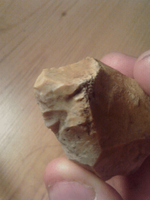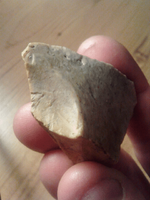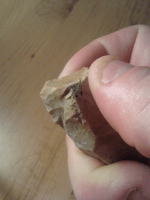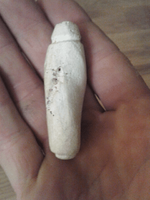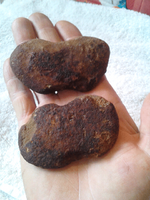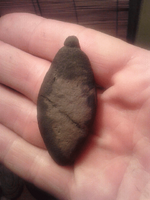GatorBoy
Gold Member
- May 28, 2012
- 14,716
- 6,156
- Primary Interest:
- All Treasure Hunting
I have found some antler pressure flaking tools on one of my sites that are always the same section close to the skull. I was hoping someone had the same or knew a bit about why that portion might be preferred. Is that section harder? The larger one appears to have been used for a long time. It has been modified some and is heavily polished on the side that faced the hand
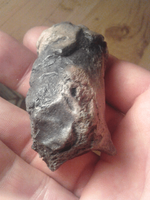
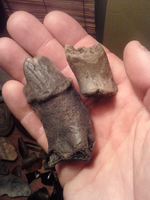
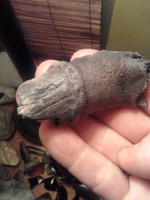



Last edited:
Upvote
0



